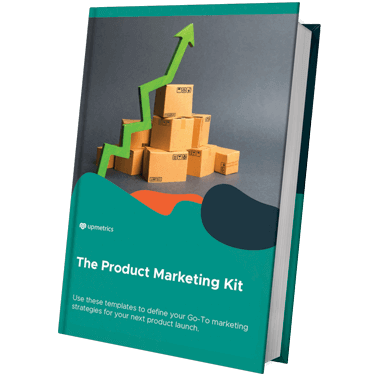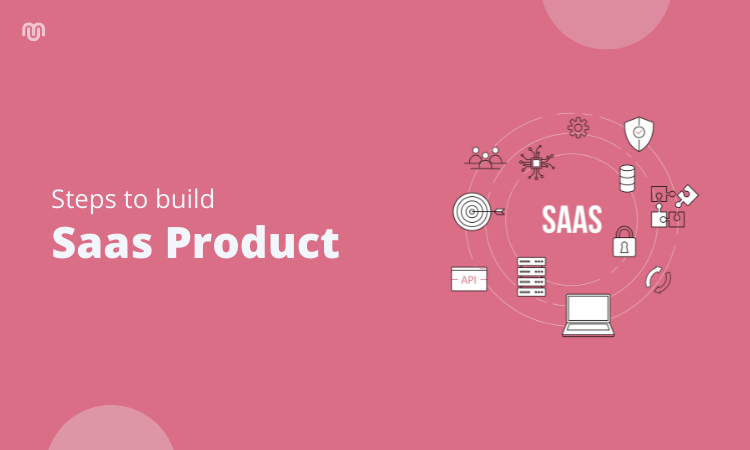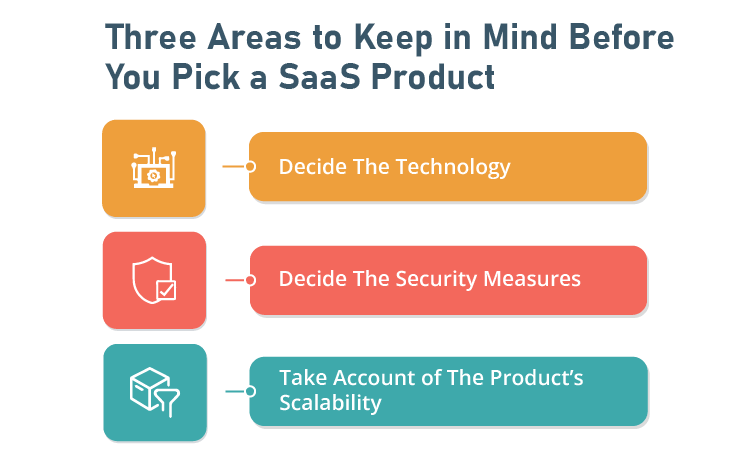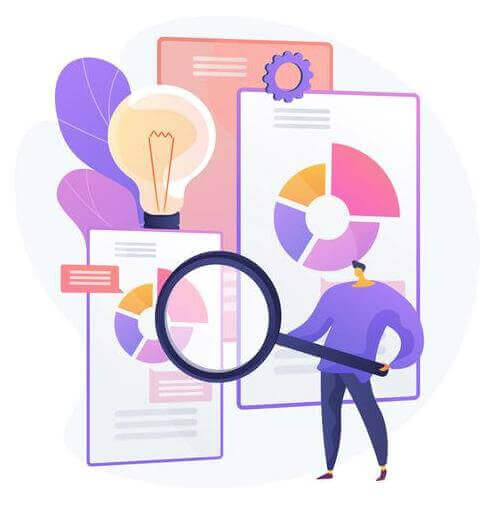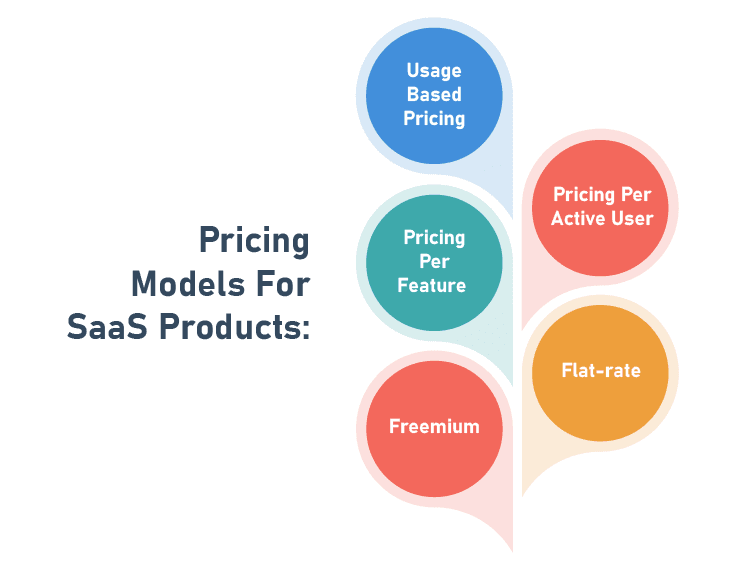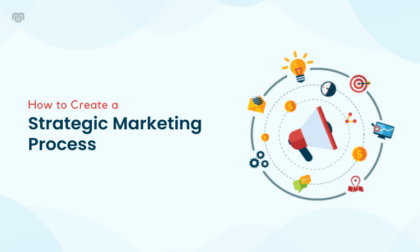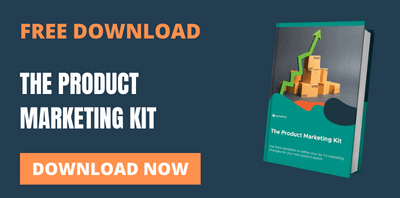In the current age of automation, we no longer rely on the people of the system. Instead, we rely on the system of the people. The system is optimized to drive optimum results. Most often, such results are put in place through Software As A Service AKA SaaS products.
What Is Software as a Service Product?
Software as a service (or SaaS) is a way of delivering solutions as a service through software. Most of this software is accessed through software. However, this software could be cloud-based or desktop-based, depending upon the requirement.
SaaS is robust and comes with many characteristics such as multitenant architecture, easily customizable, and smoothly operational.
Why Is Saas Technology worth the Effort and Investment?
SaaS catches up with your nuances, automates your operations, and optimizes your results. In the entire process, it leaves little to no space for errors.
According to a study, SaaS products bring as much as 70% accuracy in operations. And that’s the only reason why the SaaS industry has been seeing a huge projection.
But did you know that building a SaaS product is not an easy task? It takes a lot of planning, management, and patience to develop one Software as a service. And to add ease to the entire process, we bring you a 9-step guide to building a SaaS product and service.
1. Find Your Why?
There are two bases of software as a service – The service and the software. Before you start making the software, you need to clarify your service. There are so many nuances that need to be addressed with the right IT technology. The question is, which nuances do you want to serve? In other words, what service do you want your software to offer?
Here are a few examples that you can ponder upon
- Hotel Management System: To automate hotel operations
- Restaurant Management System: To automate restaurant operations
- eCom management system: To run the operations of eCom
- Project management system: To keep track of projects
- Billing system: To automate your billings
- Digital data management: To avoid digital clutter on devices
And once you decide on your service, choose the type of SaaS product.
2. Decide on the Type of Saas Product
While choosing the type of your product, here are a few things that you will need to put into account.
-
What technology do you want to use to develop the product?
Right from Java, and Node.Js to Augmented Reality, and Machine Learning there are tons of coding languages that you use to build your software. This is why this should be one of the few things you should think of. However, that depends on the following things:
-
Decide if your product will be cloud-based or desktop-based.
This will help you with accessibility.
- Cloud-Based: Your audience will be able to use your technology from anywhere, at any time via laptop, desktop, mobile, or tablet.
- Desktop Based: Your audience will be able to use your software through the desktop that the software is installed into.
-
What security measures will your software have?
This will help you sort the easy upgrades and downgrades. You need to decide on how the data will be saved and about the safety measures of the stored data.
Very often, SaaS products have to go through customization and integration. Think about it, what’s the use of your software if it doesn’t provide the required service? Besides, every client is different and their requirements could be different. In that case, be ready to offer some tweaks in order to make their work easier.To make it easier, having a clear plan of customization, integration options, and security is essential.
-
Keep in mind for scalability
This will help you with the downgrade and upgrade of your solutions.
Getting help from an application engineer can provide valuable insights at this stage, or training as one yourself will enhance the long-term viability of your SaaS product.
After you plan every little detail, it’s time for market research.
3. Do Market Research
See, you could have a million-dollar idea. But what’s the use of the idea if your market does not even need it? In fact, proper market research could really help you get long-term success.
The right market research gives you an insight into your customer’s pain points, product demands, potential clients, and competitor analysis.
This research will help you come up with a fruitful and clear business model.
4. Define the Mvp and Usp of Your Software
MVP stands for Minimum Viable Product. Simply put here, you have to figure out the basic core features and their costs. Other than that, you also need to figure out your USP, which stands for Unique Selling Point. This decides how your product stands out from the rest of the industry.
How to define MVP or Prototype?
Study your user persona. Note the actions your users will have to take in order to solve their problems. Lastly, answer how your software will solve their problems.
How to define USP?
Study different products like Product management software that offer the same or similar MVPs as your product. See how you provide the same solution differently. The difference is your USP.
5. Set Your Budget
Get an idea of how much your SaaS product will cost you.
Here are the things you should keep an account of while generating the ideal budget:
- The time required to develop the product
- Give proper buffers for the tests, changes, and buffer
- The costs to manage the development team, hardware requirements, and infrastructure.
6. Gather the Development Team
While creating a team choose people based on their skills, behavior, and recommendation. Also, the team that you form should stand with your salary budgets. In that case, discuss the payments along with terms and conditions beforehand. Based on this, you can outsource the team either fully or partially.
7. Frame the Pricing Model
Framing your pricing model is your first step toward deciding the ways to get a return on investments. Oftentimes, the pricing model has also been termed a revenue model. It will also influence how your software will kick start in the market and how popular it will be. But most importantly, your pricing model should be in line with your audiences’ paying capacity.
Here are a few convenient pricing models you can choose from:
- Usage-based pricing – Your users pay based on the amount of usage.
- Pricing per feature – Pricing depends on different sets of features offered.
- Freemium – Free version with limited features with the ability to upgrade.
- Pricing per active user – Pricing depends on per user for the entire product.
- Flat-rate – Pricing depends on the entire product or bundle of features under one price, paid on a monthly or yearly basis.
8. Market Your Saas Product
Marketing is the part where your software is ready to roll out to your audiences. See what resonates with your audience and put your SaaS product in front as they prefer. Implement new trends and techniques of marketing. Pay attention to your branding. The broader your marketing, the farther your reach to your audience.
9. Get Funded for Your Saas Product
As soon as your MVP is ready and your product has enough beta users for testing, think about the next step. The next step is expansion.
Is your business model working as expected? Make an assumption about how much funds you need. To figure this out you may use some financial forecasting tools. Embed some financial tractions to your business plan.
Impress your investors with your attractive business plan. I would recommend using this popular saas business plan template.
No matter the industry or the company, SaaS technology is gaining rapid popularity worldwide. You have a unique product, but you may not. But in all ways, your software must solve important pain points that businesses today are facing.
Make your SaaS product relevant. Make it accessible. Make it dynamic and it is good to roll out for success!
